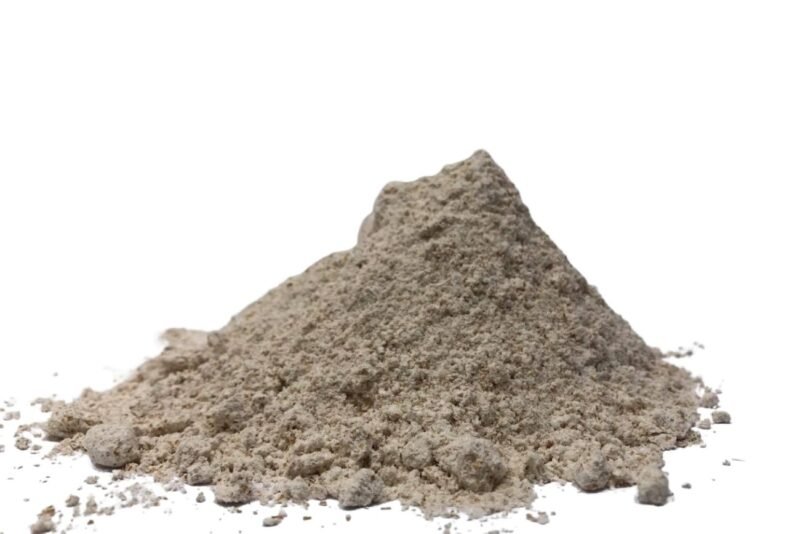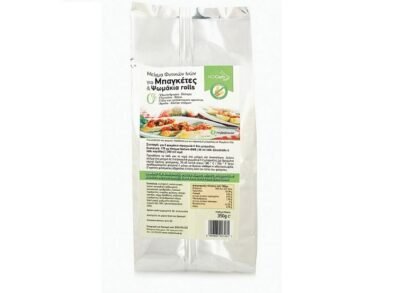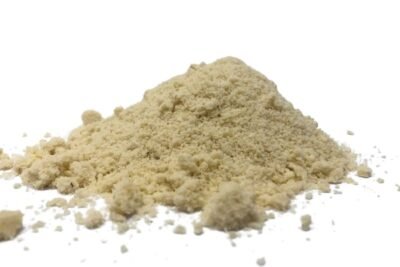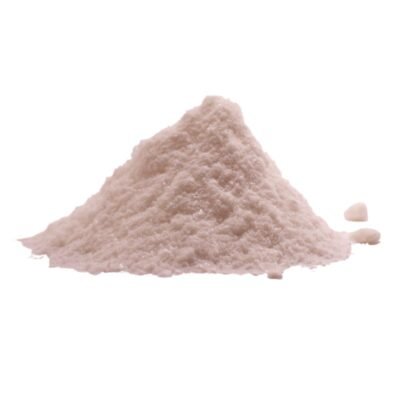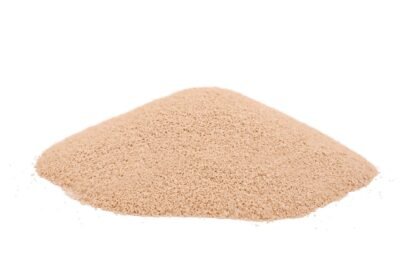Dinkel flour Bio 500 gr.
2.25€ / 500 γρ.
Dinkel flour, or spelled as it is called, is flour derived from an ancient cereal.
Dinkel flour, or spelled as it is called, is flour derived from an ancient cereal. Dinkel wheat appeared in the fertile Persian valley and over the centuries its cultivation spread throughout Europe. It remained a very popular type of wheat for hundreds of years. During the 19th and 20th centuries its production decreased significantly, as the production was much more laborious than that of the well-known wheat. During this period, its production continued in some areas of southern Germany and Switzerland and thus it was saved.
More easily digestible than wheat flour, as the gluten it contains consists of a greater number of water-soluble proteins (nutrients are more easily absorbed by the body). Its total protein content is 10% to 25% higher than common wheat varieties. Its consumption is recommended for those who have some intolerance to gluten. dinkel flour
Dinkel contains essential nutrients not only in the bark but also in the seed. It is a wonderful source of fiber, contains a higher percentage of iron, magnesium, zinc, vitamins B1, B2 and beneficial fatty acids. Spelled contains carbohydrates called mucopolysaccharide. These carbohydrates are an important anticoagulant factor in the blood, stimulate the body's immune system and help to increase its resistance to infections.
Its differences with wheat are not only limited to the nutritional level, but also to the environmental level. Its hard outer skin protects it more from diseases and insects than the familiar wheat. For this reason it is chosen by growers who apply the principles of organic farming.
Its use in various recipes either whole or as flour offers variety to our diet, along with its many nutritional benefits. It has a sweeter and earthier taste than wheat. It gives a unique flavor when we use it on bread and helps it not crumble when we cut it. You can use it in place of whole wheat flour, both white and whole wheat, in cake and cookie recipes. Because it is more water soluble, you should keep in mind when using it in doughs and you want to replace plain flour, that you may need to increase the liquids of your recipe. I highly recommend it to anyone with any gluten intolerance. It is a very good alternative option so that they are not deprived of their favorite pastries.
If you want to use it as a cereal in soups, salads or as an accompaniment to main dishes, you need to soak it the night before, just like we do with legumes. You can boil a quantity and keep it in your fridge to use during the week.

